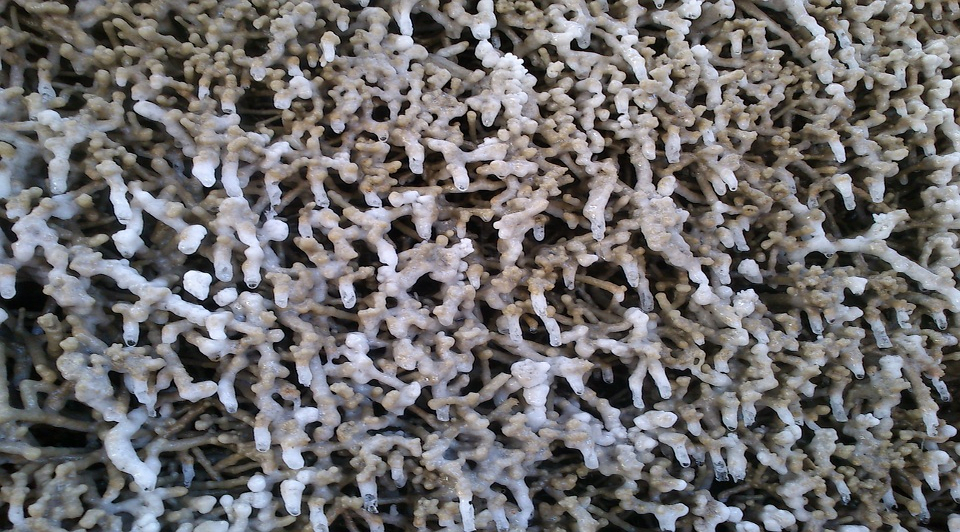The
Salton Sea
is Californias largest lake, located 85 miles northeast of San Diego. More bird species visit the
wildlife refuge at the Salton Sea
each than any other wildlife refuge in the western United States each year,
but imminent water-loss and water quality decline
threaten the future of this ecosystem. The lake is expected to shrink to almost half of its current size by 2030, resulting in ecological impacts at the Salton Sea that mimic future climate-change scenarios in regions across the planet, but on a much faster timescale. Many management solutions have been proposed to address the diversity of issues facing the Salton Sea but, among these, bird ecology is often not the
central focus.
The Project
This project is led by David Forney in collaboration with AGESS , an environmental restoration management company, and the EcoMedia Compass.
Bird ecology is likely the most complex issue facing the Salton Sea, as changes at the Salton Sea have the potential to impact bird populations across the west, from Canada to Mexico. Numerous solutions have been proposed by many different organizations with varied interests in order to manage bird ecology as well as a myriad of other issues at the Salton Sea. Understanding how these proposed solutions benefit bird groups at the Salton Sea is important for both determining the efficacy of strategies, as well as projecting possible ecological scenarios in the future. But the interactions between numerous popular solutions and bird ecology are unclear, and merging all of this information together to provide a clearer view of these relationships is challenging.
The purpose of this project is to:
1) Evaluate the qualitative relationships between various high-level management strategies and the ecological pressures facing birds at the Salton Sea
2) Clearly organize and present this information to the public, decision makers, and project management organizers.
Project Outcomes:
Working Paper
The working paper Ecological Restoration Potential of Management Strategies at the Salton Sea provides the public with with an overview of the issues facing bird ecology at the Salton Sea, and the variety of plans that have been proposed to manage it. Results were obtained using a dimensional database model to compare the primary needs of birds at the Salton Sea to the potential habitats provided by management strategies.
Main contributions of this paper are as follows:
-
Reviews information for audiences unfamiliar with bird ecology at the Salton Sea and the various strategies that have been proposed to manage it. Gives the public and stakeholders a sense of the situation at the Salton Sea and the options for moving forward.
- Estimates the potential for prevailing high-level management strategies to relieve ecological pressure on bird groups at the Salton Sea, after water-diversion policies go into effect in 2023.
- Results show that some management strategies, such as seawater import without appropriate salinity control, could still put ecological pressure on bird groups and species found at the Salton Sea.
-
Among the four strategies with potential to relieve the most pressure on bird ecology at the Salton Sea, results suggest that
desalination
combined with vegetated wetland creation may be the most feasible, least expensive strategy, and may also provide additional ecological benefits such as chemical compound control and increased aquatic species biodiversity. - Recommends more research to better assess how vegetation influences Selenium dynamics in wetlands when Selenium concentrations are moderate to high, but below EPA limits.
- Provides a frameworks to measure the exact ecological value of the Salton Sea and considers multiple studies and approaches to do so
- Provides recent references and studies supporting earlier studies on wetland loss in California, verifying that the state has lost around ~90% of its wetlands.
Interactive Results on Tableau Public
An interactive version of the results have been published on Tableau public, as well as a short storyboard version of the paper .
To interact with the results, click on any region of the chart to get more information about the bird species affected.
Submission to California Water Board
The paper and its recommendations were recently submitted to the CA water board for its Public Workshop on the Salton Sea ManagementProgram and Draft Stipulated Order for Future Action by the State Water Board. to be held on Sept 7th, 2023.
Donate / Contribute
If you found this paper new, informative, and compelling, or would like to contribute to further restoration efforts at the Salton Sea, then please consider making a donation to this project!
Your donation is tax deductible and goes towards:
- Funding the production, maintenance and update of this working paper
- Continued follow-up to the CA Water Board
- Restoration Efforts of the Desert Shores community at the Salton Sea, led by AGESS inc.
- The Wet Lab, for continued support of science projects like this, outreach and education
If youd like more information about this project or would like to get involved, please contact the project leader, David Forney, at davidforneyc-at-gmail-dot-com
501c3 Info:
The Wet Lab is a
tax-deductible public charity
in the state of California.
EIN #81-4247481
